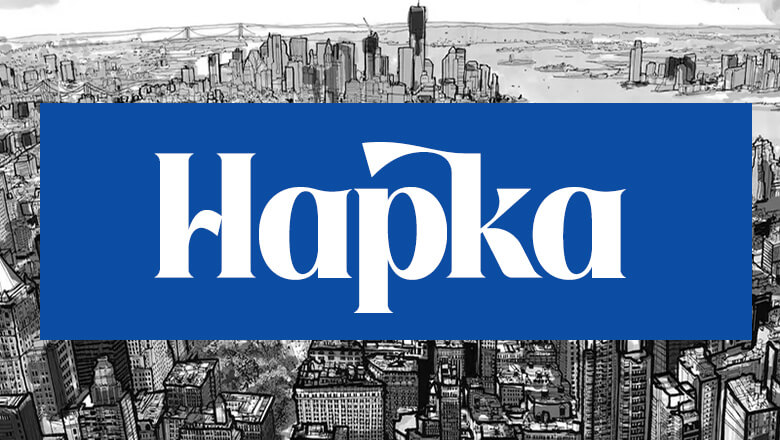
views
CHENNAI: Before being brought to the Government Institute of Rehabilitation Medicine at KK Nagar, several people with limb and spinal disabilities had given up hope of a normal life, say the nurses there. Considering the fact that over 20 per cent of the physically challenged hail from the poorer sections of the society, it is not surprising that the thought of getting a prosthetic (artificial) limb is associated with high expenditure. As a result, most of them stay away from any form of rehabilitation or artificial prosthesis, suffering in silence. “What most people are unaware of is that the government fixed rate that we charge for an artificial prosthesis is only Rs 38,” says Dr C Ramesh, Director-in-charge of the GIRM, affiliated to the Madras Medical College. This, despite the fact that the average cost of each artificial limb is around Rs 10,000.The good news is that the message seems to be spreading. Not only does the institute treat over 15,000 patients annually, the number of prosthetic limbs attached successfully has risen sharply - from 1,500 in 2010 to almost 2,000 this year, so far. “More people are willing to take the effort to try and regain usage of their limbs as best as they can. It is a positive sign,” he adds.Prosthetics are easily usable when the limb to be replaced has been amputated by a trained physician. “They will have a good idea of how best to amputate such that the prosthesis will fit well,” he adds. But it’s not as simple as strapping on an arm or a foot - the process is much more comprehensive and offers complete rehabilitation, “The rehabilitation is 80 per cent physical and 20 per cent psychological. This is why we have a multi-disciplinary approach,” says the professor of physical medicine.The two major types of patients that they treat are those with severed limbs and those who have paralysis from the hip downward (polio victims), “The former are referred to the amputee clinic while the latter are sent to the brace clinic after diagnosis,” he says. After this, a series of para-medical rehabilitation is effected by their counselling psychologists, medical social workers, physiotherapists and finally the occupational therapists.“On International Day of Persons with Disabilities, we are looking to bring about barrier-free rehabilitation of the physically challenged in Chennai. We give so many disability certificates (around 70 a week), but we’d like people to follow-up on their treatment better, in the years to come,” concludes Dr Ramesh.











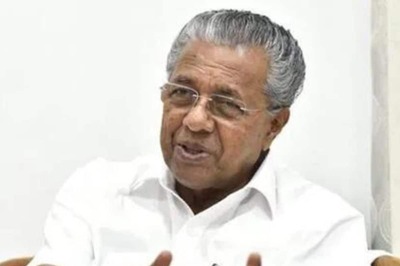
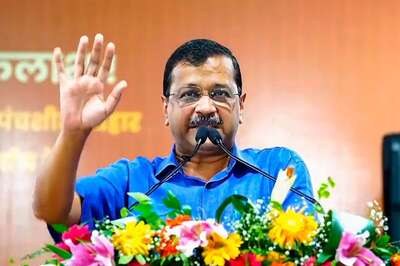


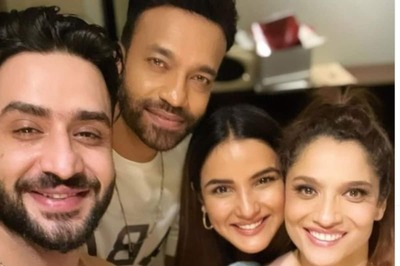
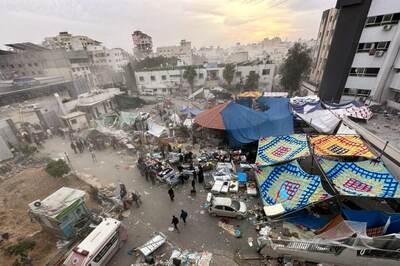

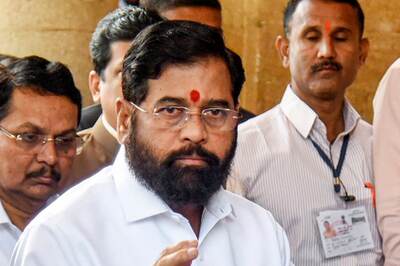
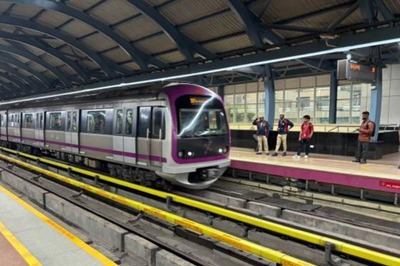
Comments
0 comment